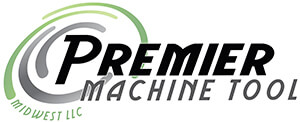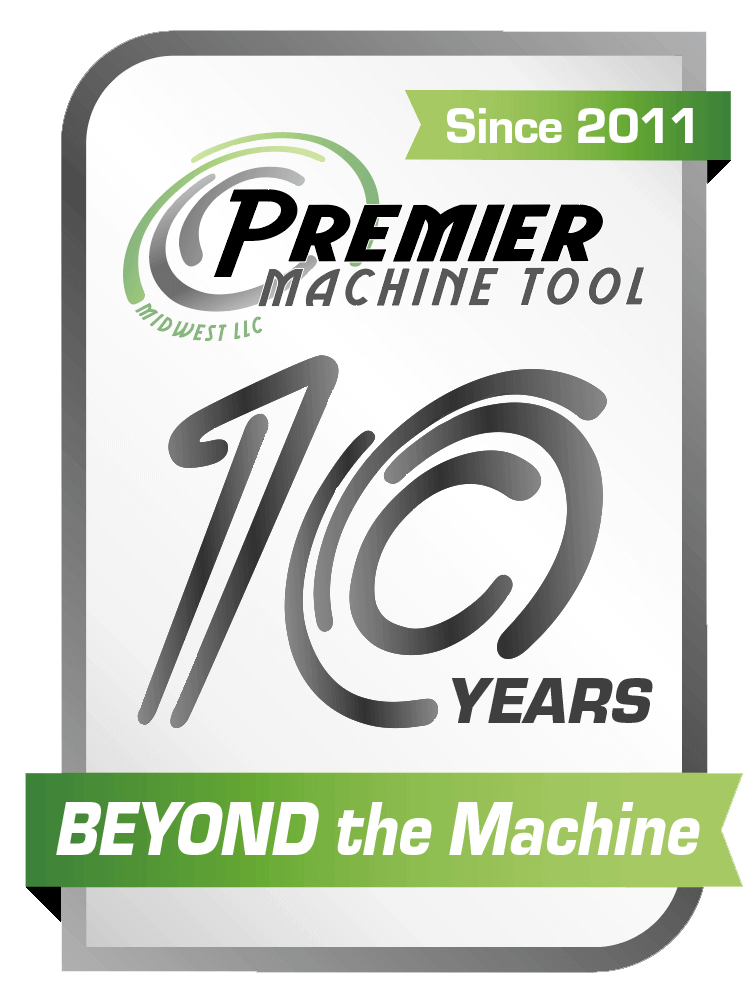
Here is a great blog from January that gives a little more technical description on Volumetric accuracy from GROB for five axis machines.
One of the toughest challenges in five-axis machining of large parts is maintaining accuracy throughout the entire workzone.
Ideally, a five-axis machine can produce results with the same accuracy whether cutting in the far corners of the workzone or at its center. Grob Systems (Bluffton, Ohio) has developed a method of checking and compensating for possible distortions to a machine’s structure caused by the weight of a massive workpiece when it is machined in five axes. Grob, a manufacturer of five-axis universal machines and production systems, says its new method improves the accuracy of five-axis machines, especially those called upon to produce large, complex parts and components for critical applications.
This is a summary of the company’s explanation of how this new system works: The traditional approach to improving machine accuracy is to use laser interferometry to compensate for the position accuracy of the individual axis and the ball bar measurement to improve the perpendicularity between the axes. This is a simple technique and useful only for the three linear axes of the machine. When the spindle and table start moving around the work envelope, infinitely more deviations (both translational and rotary) come into play. That is the fundamental problem, and it becomes exponentially more complex when two additional rotational axes are introduced.
To improve the process for increasingly complex machines, Siemens pioneered the use of a six-dimensional pictorial compensation map. A 3D laser is used to simultaneously measure yaw and axis alignment, feeding data back to the machine’s control. The resulting picture is comprised of many points throughout the workzone. This creates a much better measurement of geometry and positioning, allowing the CNC to compensate for distortion and improve volumetric accuracy anywhere in the workzone. The limitation of this approach is that the checks and compensation take place on the factory floor during final assembly, and it is available only for linear axes. In the real world, once you put a part on the pallet, everything changes. Consider the capacity of some larger five-axis machines to accommodate loads as heavy as 3,000 pounds. When a mass of that size is put into rotation on a five-axis machine, possibly suspended at 90 degrees, it creates a powerful force for distortion.
Simultaneous to the software developments at Siemens, Grob developed a function called Automatic Kinematics Adjustment. This process locates the true center of rotation, which is critical to accuracy in a five-axis workzone. It works like this: A spindle probe is paired with a precision sphere mounted on the pallet. A kinematic cycle touches probe to sphere, and then rotates to reposition the rotary axis. This action then repeats. Chasing the sphere around the five-axis envelope in this manner identifies the true center of rotation. The entire process takes about 10 minutes. Grob has now integrated its kinematic process with the Siemens software to create what it calls the Grob Swivel Axis Calibration (GSC) for shopfloor use. GSC applies the same basic software package used for Automatic Kinematic Adjustment but takes it beyond the center of rotation. A probe stored in the tool magazine chases the sphere to map positional accuracy all around the workzone.
By spinning and rotating the pallet, the probe identifies any rotational or translational deviation—from top to bottom of the Y stroke, maximum X to maximum Z, and everything in between. The measured deviations are sent to the compensation software, which then perfects positioning accuracy. The process can be applied to any critical component assigned to the Grob machine. “This is a great step forward for positional accuracy in a five-axis, volumetric environment,” says Bill Vejnovic, vice president of the company’s Universal Machine Division. “We can’t change physics, but we can place the sphere on top of a 3,000-pound part, run the same kinematics program, and compensate for distortion of any physical effect on the machine structure. On the larger machines, you can image the impact this can have on overall accuracy.” By Mark Albert of Modern Machine Shop Magazine
(Reprinted from the October 2014 MODERN MACHINE SHOP Magazine and Copyright © 2014 by Gardner Business Media, Inc., 6915 Valley Ave., Cincinnati, Ohio 45244-3029.)

Premier is proud to be the exclusive dealer for all GROB products for the state of Wisconsin and UP of Michigan. To learn more about all the great products that we offer please call Sales 414-254-5150 / info@pmtmidwest.com

